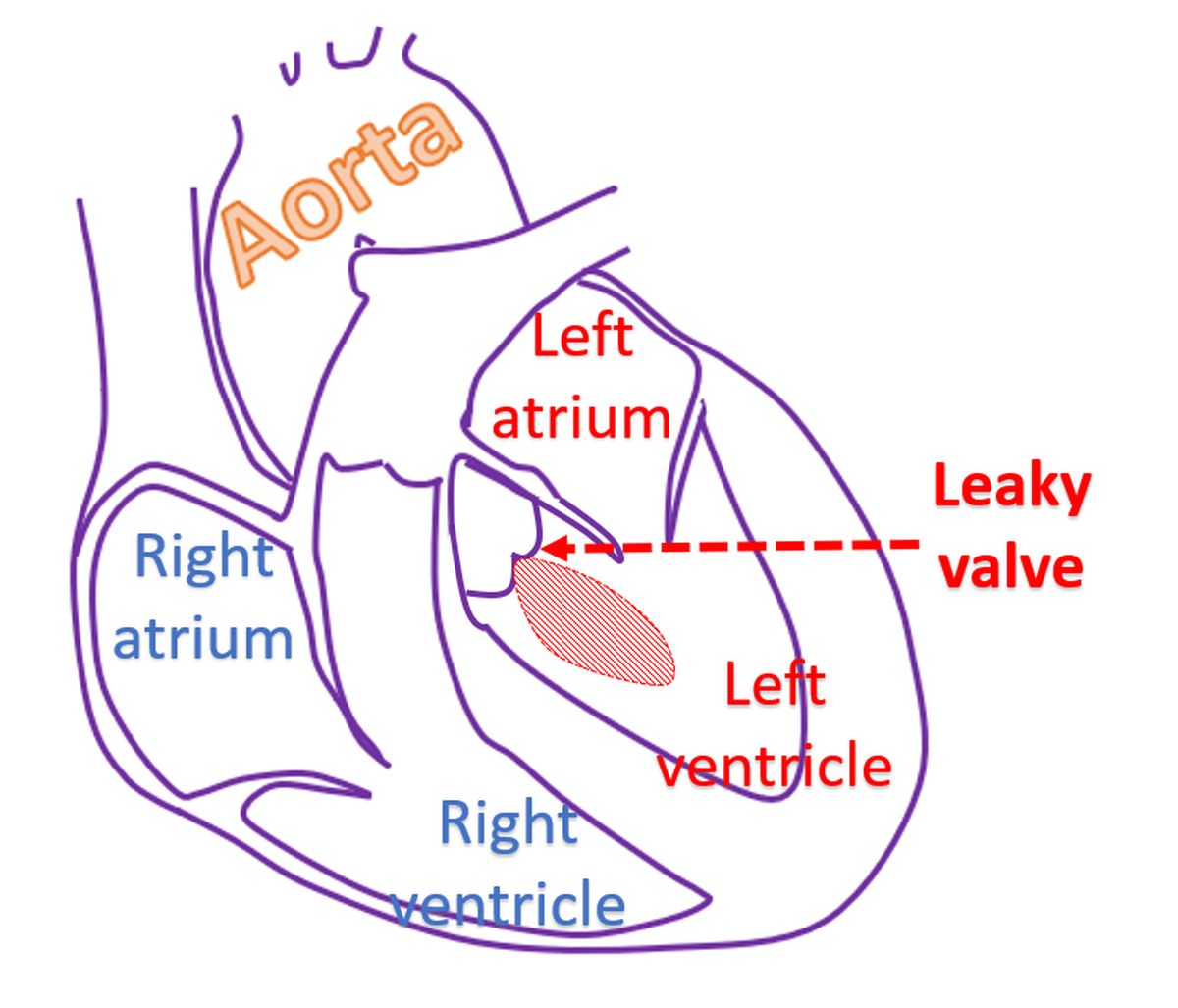Which heart diseases have higher risk in pregnancy?
Which heart diseases have higher risk in pregnancy?
Changes in blood circulation during pregnancy and labour can adversely affect many of the significant heart diseases. Increase in blood volume and heart rate are the important factors during pregnancy. Increase in blood volume is needed to give enough nutrients and oxygen to the growing baby. Nutrients and oxygen are transferred to the baby through the placenta during pregnancy, though there is no actual mixing of the blood of the baby and mother.

In general those with obstruction to blood flow through the heart and those in which the blood pressure in the lungs is high are poorly tolerated in pregnancy. Leaks across the heart valves are better tolerated than narrowing of heart valves. Especially high risk is there in a condition known as coarctation of aorta in which there is a discrete narrowing of a region of the aorta. Aorta is the major blood vessel arising from the heart, taking blood to the whole body. When there is obstruction, blood pressure in the part upstream to the obstruction is high. This can predispose to breaks in the inner lining of the aorta, known as aortic dissection, which is a very high risk condition.

World health organization has classified heart diseases into four risk categories with regards to pregnancy. Class I is the very low risk group, class II low to moderate risk and class III high risk. Class IV has extremely high risk and pregnancy has to be avoided.
Those with very low risk (class I) are mild narrowing of the pulmonary valve, small patent ductus arteriosus and mitral valve prolapse. Pulmonary valve is the valve between the pulmonary artery which carries blood to the lungs and the right lower chamber of the heart. Patent ductus arteriosus is a communication between the aorta and pulmonary artery. Mitral valve prolapse is a bending backwards of the valve between the left upper and lower chambers of the heart. Successfully repaired simple birth defects also come under the low risk category. Isolated irregular beats arising from the upper or lower chambers also have very low risk.
Class II or low to moderate risk is there for unoperated defects in wall between the upper or lower chambers (ASD, VSD) and most heart rhythm abnormalities. Those who have undergone repair of a complex birth defect known as tetralogy of Fallot also comes under class II. Mild reduction of pumping function of the left lower chamber and a disease with thickening of the heart muscle known as hypertrophic cardiomyopathy also have class II risk.
Those with mechanical heart valves, those who have undergone repair of other complex birth defects of the heart, unrepaired birth defects with blue colour of skin and lips and conditions in which there is enlargement of aorta come under the Class III or high risk category. All complex birth defects of the heart also come under this category.
Class IV or extremely high risk conditions in which pregnancy has to be avoided include high pressure in the pulmonary artery of any cause, severe defect in the pumping function of the left lower chamber, those with severe symptoms and those with severe narrowing of mitral valve. Mitral valve is the valve between the left upper and lower chambers of the heart. Severe narrowing of aortic valve producing symptoms also come under class IV. Severe coarctation of aorta and enlargement of aorta are reasons to avoid pregnancy.
If there is history of peripartum cardiomyopathy in previous pregnancy with residual defect in pumping function of the left ventricle, that is also class IV. Peripartum cardiomyopathy is a condition in which heart muscle becomes very weak towards the end of pregnancy or early after delivery. It has a chance of recurrence in subsequent pregnancy.
These are only general observations regarding the risk of heart disease in pregnancy. There may be significant individual differences in severity and manifestation of the diseases mentioned, which may alter the situation in a given individual. Any woman with heart disease needs full evaluation before planning pregnancy to avoid major problems during pregnancy and labour.


